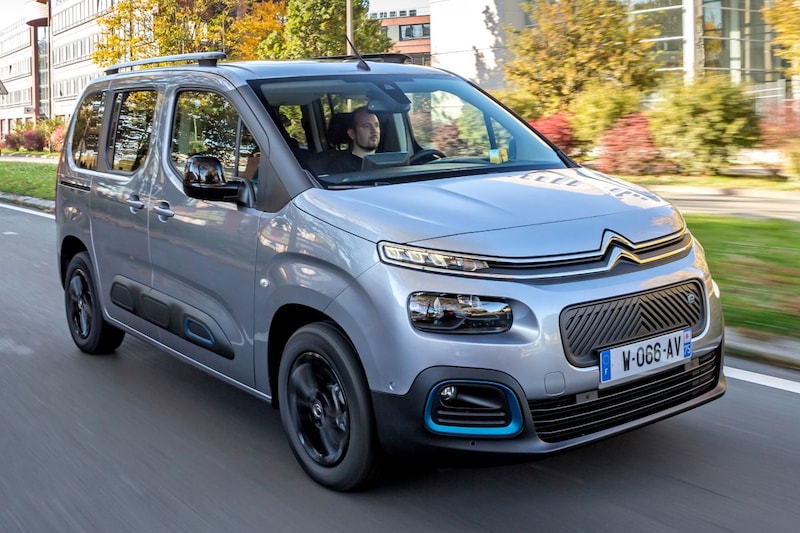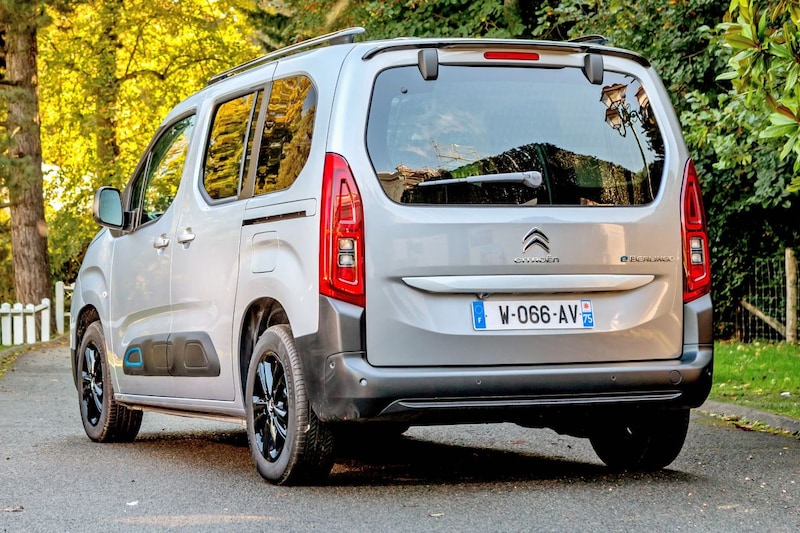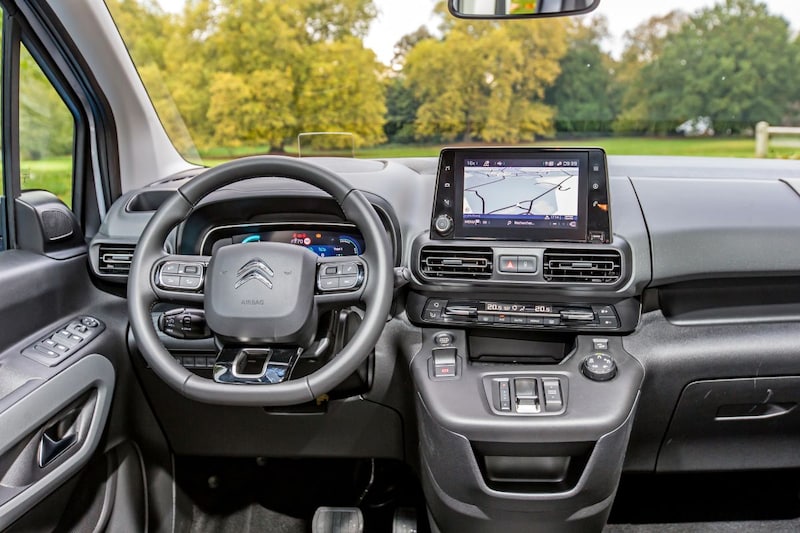The Berlingo has been around for a quarter of a century this year. As with previous generations, the ludospace is again available with an electric motor. In fact, the version with a fuel engine is no longer supplied in our country. The ë-Berlingo uses the well-known powertrain with the battery pack from the ë-C4 and many other models from Stellantis. We are curious how that will play out.
Once again it was a French brand that turned out to be a trendsetter for a completely new vehicle category and we can always expect that little bit of extra innovation from Citroën. The Berlingo was marketed from the start as a delivery and passenger car. Simply a lot of space for your money, without further fuss. We have known the current model since 2018, which is also available with a Peugeot, Opel and even Toyota logo. Long live the increase in scale and there will probably also be a variant of Fiat to follow. All mentioned types are also available with electric drive. The ë-Berlingo is added to that list, which replaces the fuel models in our country. Citroën is working hard on the electrification of the model range and an emission-free delivery van for city distribution should of course not be missing. We are near Paris, in a small village in the countryside, where Citroën communications manager Benjamin Demozay explains the brand’s electric strategy in broad strokes. This electrification also includes plug-in hybrids, so it is a broad concept. In 2025, 30 percent of the volume must be electric, in 2030 already 70 percent. The first step has been taken with the ë-C4 and the ë-Berlingo has now been added, after the ë-Space Tourer, the passenger car version of the Jumpy delivery van. And then there is the droll Ami, an electric city car with a top speed of 45 km/h, which makes it a kind of microcar in the Netherlands.

Modest battery
We’ll come back to the Ami and the Space Tourer shortly, now we’re focusing on the ë-Berlingo. More than two million Berlingos have been sold since 1996 and more than 241,000 of the current model. Citroën has conducted extensive research into the distance covered by the Berlingo driver: that is an average of 13,500 km per year, about 40 km per day. About 80 percent of customers drive no more than 200 km per day. With this data, the French try to get rid of range fears. While we’re at it with numbers: the loading volume of the electric Berlingo is equal to that of the version with a combustion engine. With a payload of 651 kg, there is hardly any difference with, for example, the 1.2 petrol, where 684 kg is allowed. In addition to the normal variant, there is also the 17 centimeters longer XL, which are both available with a third row of seats (surcharge €800). What always remains the same is the capacity of the battery pack. With 50 kWh – of which 45 kWh are usable – that is not oversized. Yes, it’s big enough for the trips Citroën mentions, but not suitable for a sun holiday with seven people and luggage. At least, not without charging stops. The powertrain is the same as that of the Peugeot e-2008, in which we recorded an average of 19.2 kWh/100 km during our tests. It seems likely that the larger and heavier ë-Berlingo will consume more, so that after about 200 km you really have to look for a charging facility. Cut such a long journey in half and the problem is pretty much solved and the travel is much more relaxed too.

No one pedal driving
But let’s not just focus on the driving range and especially on the handling characteristics. The 136 hp and 260 Nm strong electric motor moves the Berlingo, weighing just over 1.6 tons, smoothly and silently. Up to 100 km/h the ë-Berlingo accelerates smoothly enough, after that the spunk is a bit off. The top speed is limited to 135 km/h. The suspension is less comfortable than we are used to from other Citroëns, but that was to be expected. The chassis is simpler in design and the rear axle is designed for heavy loads. As a result, the car has quite hard suspension when unloaded. That does not alter the fact that the overall impression is good, with the absence of engine noise adding a lot of value. The fact that it is in fact a company car is also reflected in the equipment. And especially in the field of assistance systems. Active lane guidance or adaptive cruise control (the latter is available on the delivery van version with a fuel engine) are missing from the option list. What is also striking is that the braking power in mode B (Brake, for recuperation) is less than in a Peugeot with this powertrain, so that you have to put your foot on the brake pedal more often. Even then you initially brake on the engine. The instrumentation is fully adapted to the electric powertrain and offers sufficient information in the field of range, consumption and recuperation.
– Thanks for information from Autoweek.nl






